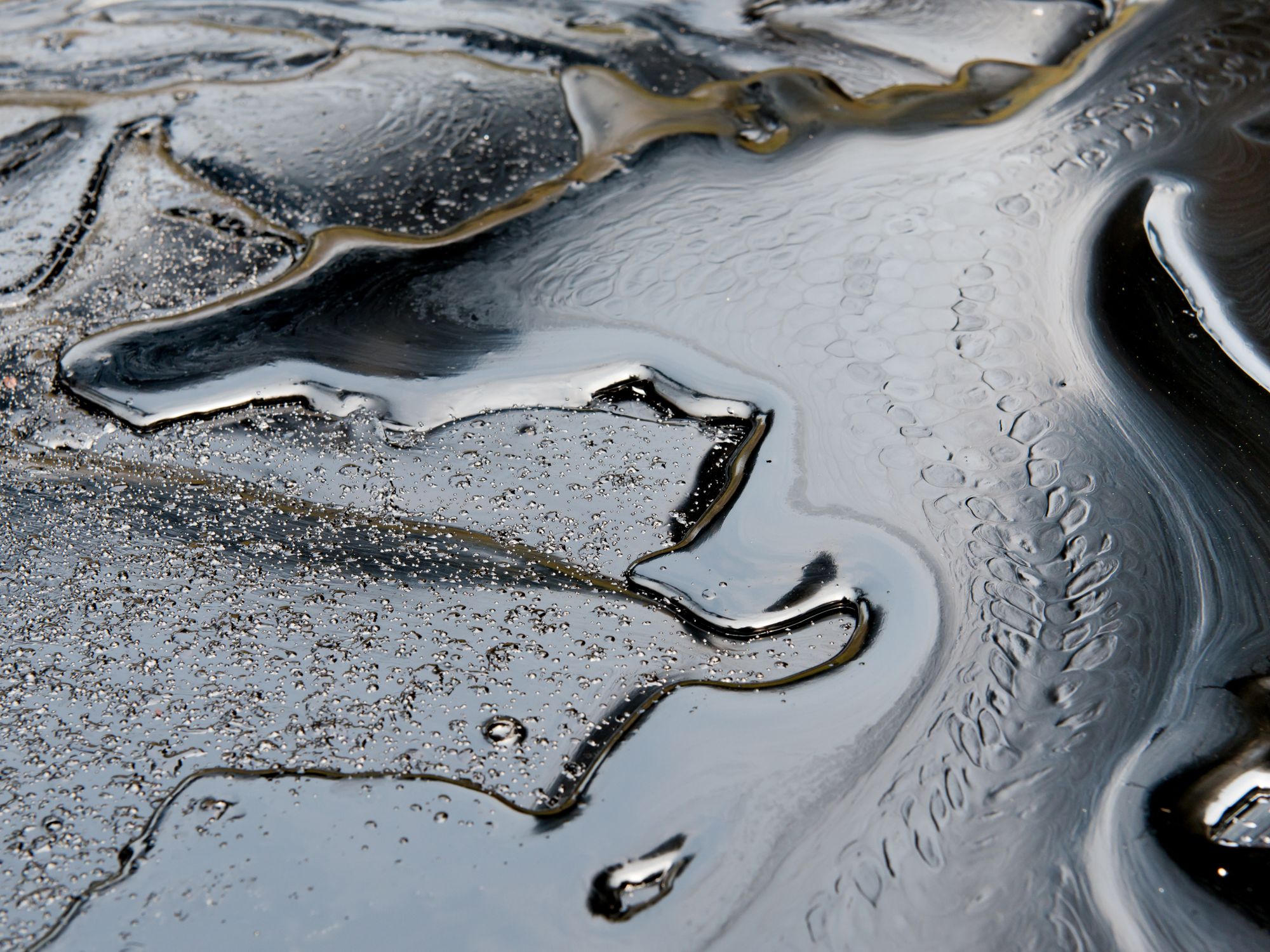Overview

- Oil spills are a danger to public health, our natural resources, and the economy. Therefore, a number of laws and regulations were created to prevent and mitigate harm from oil spills.
- Oil is often stored and transported in large quantities, posing a risk for spills.
- Non-petroleum oils, such as vegetable oils and animal fats, can also pose similar threats to those caused by petroleum products.
Oil spills endanger public health, imperil drinking water, devastate natural resources, and disrupt the economy. In fact, a single pint of oil released into the water can cover one acre of water surface area and seriously damage an aquatic habitat. Birds, fish, and other wildlife can lose necessary food sources and habitat. Populations that depend on marine resources as part of their traditional subsistence culture also can be drastically affected. That means every effort must be made to prevent oil spills and to clean them up promptly once they occur.
Vast quantities of oil pose a risk
In an increasingly technological era, the U.S. has become more dependent upon oil-based products to help maintain our high standard of living. Products derived from petroleum, such as heating oil and gasoline, provide fuel for our automobiles, heat for our homes, and energy for the machinery used in our industries. Other products derived from petroleum, including plastics and pharmaceuticals, provide us with convenience and help to make our lives more comfortable.
Additionally, non-petroleum oils, such as vegetable oils and animal fats, are increasingly being consumed in the U.S. These oils can contain toxic components and can produce physical effects that are similar to petroleum oils. That means spills of non-petroleum oils also pose threats to public health and the environment.
Because we use vast quantities of oils, they are usually stored and transported in large volumes. During storage or transport, and occasionally as the result of exploration activities, oils and other oil-based products are sometimes spilled, reaching our waterways. When this occurs, human health, environmental quality, and economic prosperity are put at risk.
Laws and regulations
Since the 1970s, Congress has enacted several laws mandating oil pollution prevention efforts. These laws called on the Environmental Protection Agency (EPA) to issue regulations for the prevention of oil spills into navigable waters and adjoining shorelines of the U.S.
Despite the implementation of these regulations and other federal pollution prevention requirements, problems with oil spills continued to increase, culminating in a devastating oil discharge into Alaska’s Prince William Sound in 1989 from an ocean vessel. Further laws and regulations followed to provide a basic framework for operational procedures, containment requirements, spill planning and response needs of certain facilities that might release oil into navigable waters and adjoining shorelines.
Some facilities are required to submit response plans designed to ensure that sufficient personnel and equipment are available to respond to and mitigate a worst-case oil discharge.
Aside from facility-specific requirements to mitigate oil spills, the federal government has established a coordinated network of officials to respond to oil spills by providing technical support and response equipment, as needed. Reportable releases of oil into navigable waters and adjoining shorelines must be reported to the National Response Center, at which time federal authorities will determine the appropriate response.
